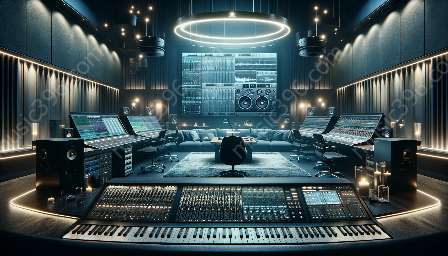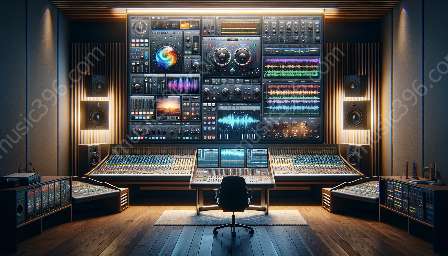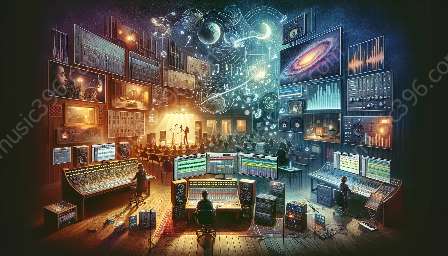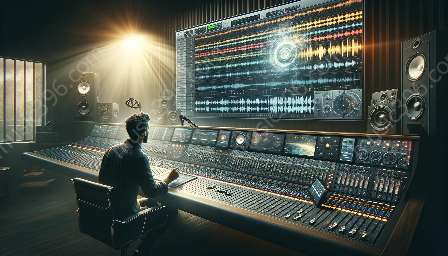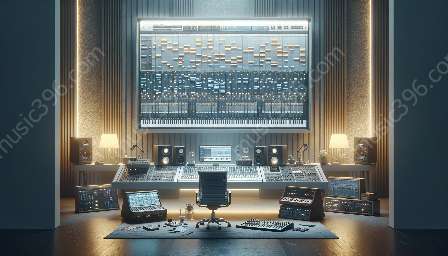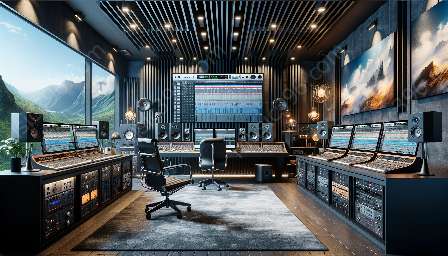Audio sampling in DAW (Digital Audio Workstations) has become a common practice in music production, but it comes with important copyright implications. In this comprehensive guide, we'll delve into the legal aspects of utilizing samples, the impact on music creation, and how these implications intersect with digital audio workstations.
Understanding Audio Sampling
Audio sampling involves taking a portion of a sound recording and reusing it in a different piece of music, often creating a new composition. This technique has been widely popular in electronic music, hip-hop, and other genres, allowing artists to integrate elements from existing recordings into their own work.
Legal Considerations
When it comes to using samples, it's crucial to understand the legal framework surrounding copyright. The act of sampling often involves taking a copyrighted work, and without the appropriate permissions, it can lead to infringement. Sampling raises questions about the rights of the original creators, fair use, and the need for clearance or licensing.
Fair Use
One aspect that impacts the copyright implications of audio sampling is the concept of fair use. Fair use provides for limited use of copyrighted material without the need for permission, under certain circumstances such as criticism, commentary, or parody. However, the application of fair use to audio sampling can be complex and subjective, often requiring legal expertise to navigate.
Clearance and Licensing
To avoid potential legal issues, many music producers and artists seek clearance or licensing for the samples they use. This involves obtaining permission from the original copyright holders, usually through a formal agreement or contract. Digital audio workstations play a pivotal role in managing this process, as they enable users to document and track the sources of their samples, facilitating compliance with licensing requirements.
Impact on Music Creation
Audio sampling has had a profound impact on the creative process in music production. It provides a means for artists to experiment, innovate, and layer diverse sounds, ultimately contributing to the evolution of musical genres. Digital audio workstations offer advanced tools and features to manipulate and integrate samples, allowing for endless possibilities in shaping the sonic landscape of a composition.
Legalities within Digital Audio Workstations
As music production continues to embrace digital technology, digital audio workstations have evolved to address the legalities of audio sampling. DAWs now offer features that assist users in identifying and managing copyrighted content, ensuring that they adhere to copyright laws and regulations when incorporating samples into their projects. Some DAWs even provide built-in tools for obtaining sample clearance, simplifying the often intricate process of securing rights for sampled material.
Conclusion
Audio sampling is a powerful and creative tool in the music production landscape, but it is essential to consider and respect the copyright implications it entails. With the ongoing development of digital audio workstations, producers and artists have access to resources that facilitate compliance with copyright laws, enabling them to harness the potential of sampling while respecting the rights of creators.

